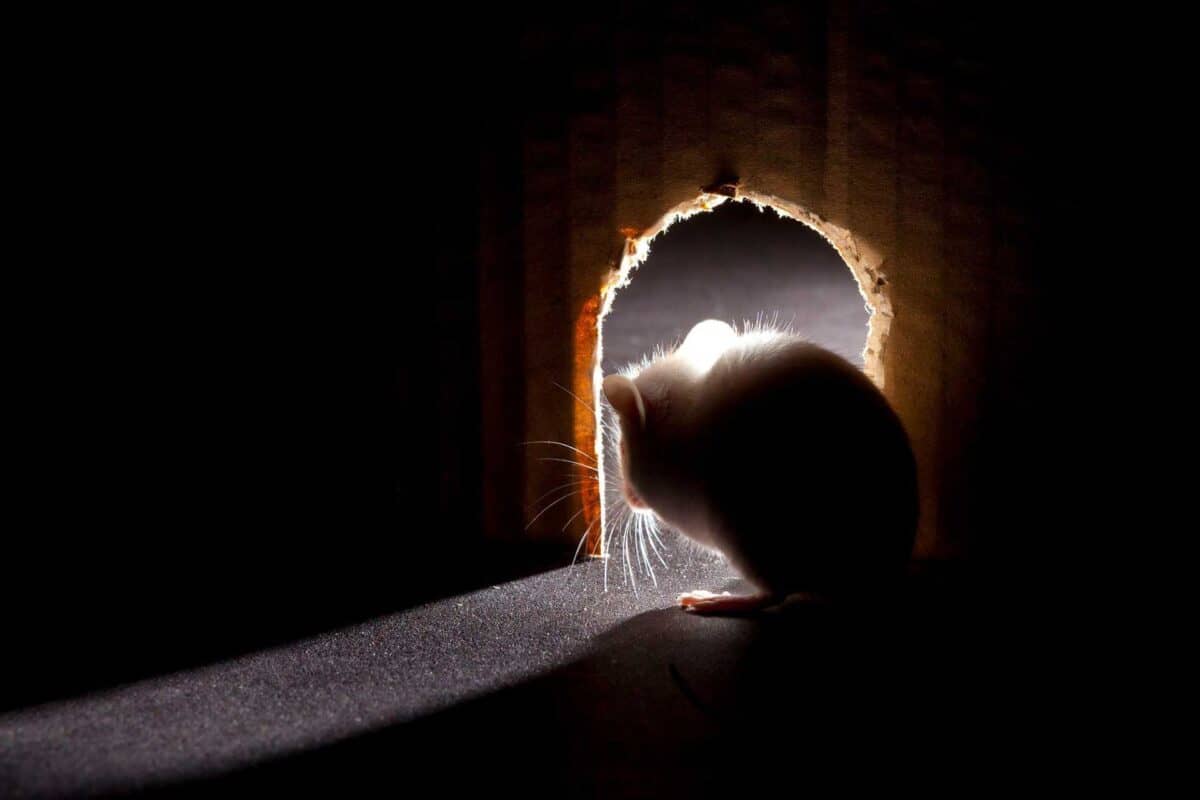Once the temperature outside starts dropping, mice often make their way inside homes. These creatures are experts at getting into houses through the smallest cracks. If you’re not sure if you have mice in your home, it can be hard to find them. Knowing where to look will help you even if you just want to protect your home from these pests. Let’s take a look at what attracts mice to the inside of your home, how mice get in, and where they tend to hide.
What Brings Mice Inside Your Home?
Mice appreciate being indoors, especially during the winter, for several reasons. Mice don’t hibernate during the winter, but they do like to find somewhere warm and safe to nest while it’s cold outside. If you have a roaring fireplace and effective heating system, your house is a much more comfortable place to be—both for you and mice.
Additionally, winter is a challenging time for mice to find food. The fruits, seeds, and grains that mice like to eat don’t grow well during the snowy months, which forces the mice to seek food elsewhere. If a mouse finds an easy food source in your home, they will stay inside and avoid going back outdoors.
Winter is a difficult time for all creatures, including those that eat mice. Predators like coyotes, foxes, owls, and even weasels will be on the lookout for rodents in the cold. Mice will try to escape these predators by turning to indoor sanctuaries like barns and homes.
How Do Mice Get In?
Mice and other rodents are known for fitting into small nooks and gaps. If the mouse can get their head into a hole, they’ll be able to pass through it completely. A mouse can fit into a hole the size of a dime or sometimes smaller. Because mice can squeeze through tiny holes, any cracks or gaps in your home are vulnerable entry points. Doors and garage doors are two of the most common entrances for mice to get into your home. They can also enter using windows, foundation cracks, siding gaps, or even chimneys.
Typical Mice Hiding Places in Houses
Now that you know why and how mice get into your home, the big question is where you’re likely to find the rodents. When you’re looking for mice inside your house, remember that mice view humans as predators and will try to stay out of our way. This means their hiding spots are typically in places where humans don’t usually visit.
Another thing to note is that mice are generally more active at night, so they’re harder to track during the day. However, mice tend to stay in a few specific areas around the house. If you think you have mice in your home, here are several locations you’ll want to check.
- Closets
- Kitchen pantry
- Around and under big kitchen appliances like ovens and fridges
- At the base of kitchen cabinets
- Cluttered areas
- Insulation
- Attics
- Crawlspaces
- Garages
- Basements
- Air ducts and ventilation systems
Keep Mice Out of Your Home
Simple preventative measures will lessen the likelihood of you stumbling on a mouse in your house. Block any and all entry points around your home, seal dry foods, and keep your home tidy to keep mice from taking up residence in your house. If you suspect that you have a mouse infestation in your home, turn to the residential pest control services from Nature’s Balance Pest Control.
We’ll do a thorough inspection, take care of your mouse problem, and help you seal gaps to prevent mice from coming back. For dependable and effective mouse pest control in Park City, Heber City, and the surrounding areas, contact Nature’s Balance today!


